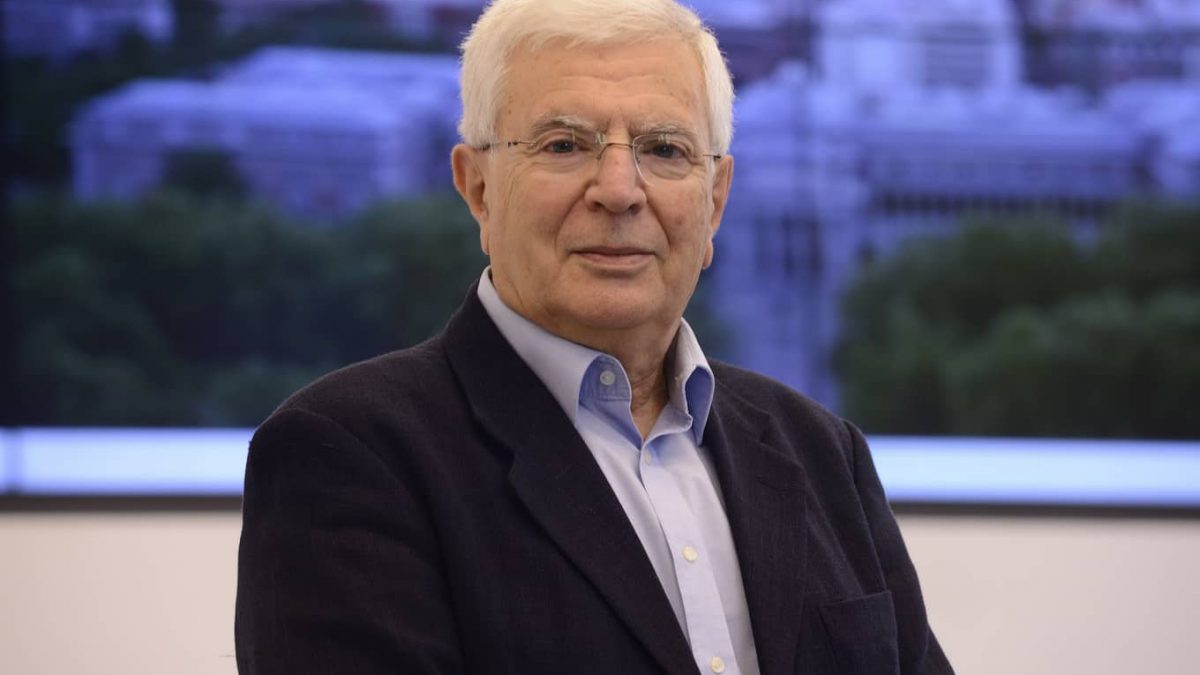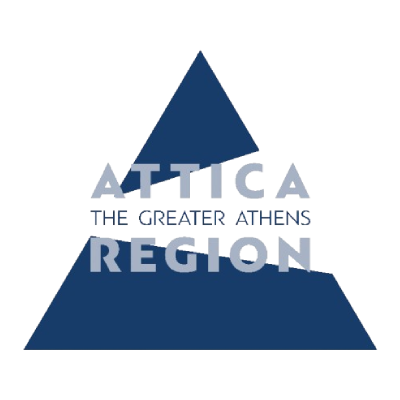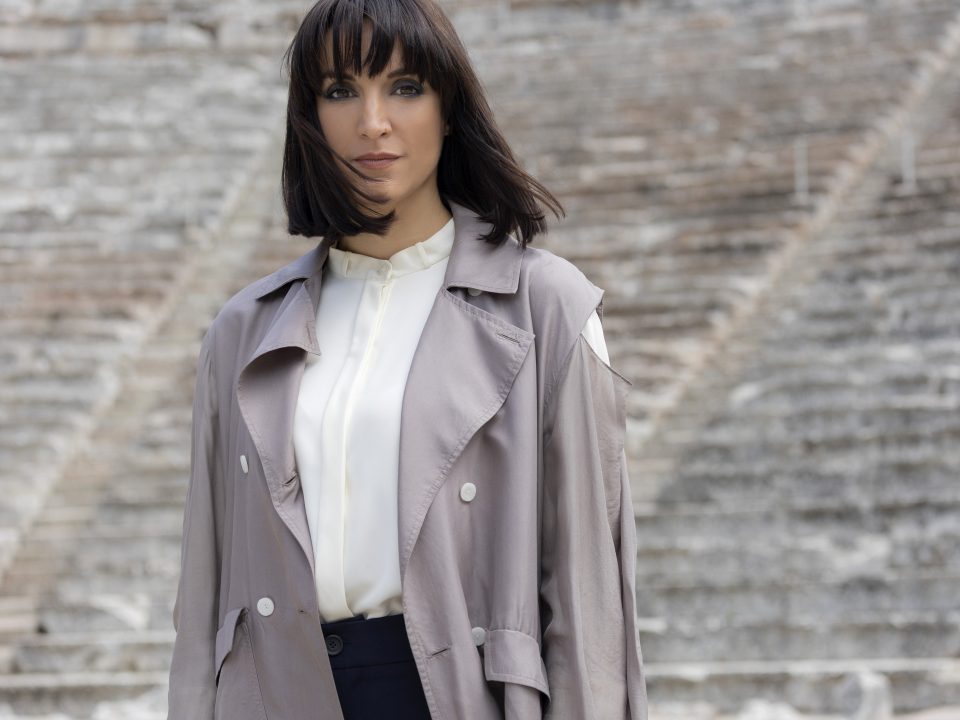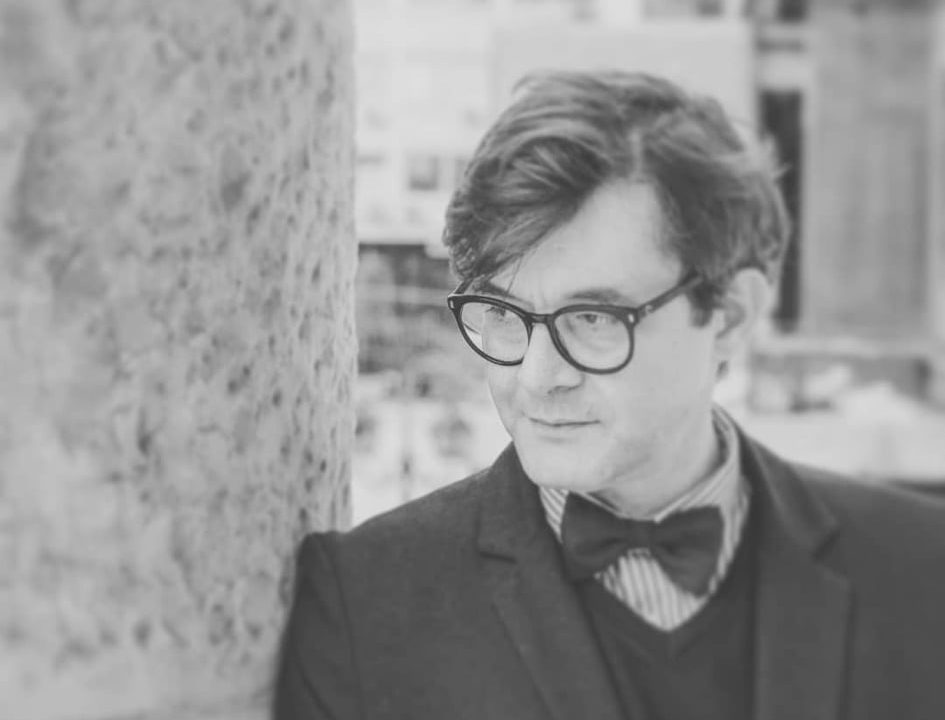Kyriakos Koutsomallis: “Museums are a comprehensive, high-standard leisure experience for both Greeks and foreigners”

Interview with the General Director of the Basil & Elise Goulandris Foundation, Dr. Kyriakos Koutsomallis:

“Museums are a comprehensive, high-standard leisure experience for both Greeks and foreigners”
1. “Attica: Greece in a Snapshot” is the slogan of the Region of Attica. What are your favourite cultural snapshots in Attica?
It would be unfair and pointless to name one “snapshot”, as you call it, in the Region of Attica. Attica is a blessed land and the proposals it holds for its residents and visitors are innumerable. It is a privilege to live under Attica’s sky, in the glorious city of Athens.
2. What does the B&G Foundation Museum in Athens mean to you? To what extent do you believe that museums have served as meeting locations for peoples through the ages?
For us, the Goulandris Museum in Athens is a belief. A reference to the arts and culture. A welcoming and amiable place for everyone. For people of all ages – children, teenagers, young, and young at heart – they all have something to gain from the activities we propose. Moreover, it is a geographical landmark for Attica. We want it to be a living cell of culture. A bright crack in the daily life of a frantic city.
3. How is the “longevity” of a museum ensured? How important do you consider the role of new technologies and what are your future plans for the Goulandris Museum in Athens?
Longevity is ensured through public acceptance. Through the intriguing messages it conveys. Through its extroversion and its constantly renewed proposals to the recipient. Through the communication strategy it implements. The imaginative and constantly updated way of presenting its proposals with modern museopedagogical means and methods. Modern museology dismisses static, it does not accept it. New technologies, digital possibilities and applications have long perfused museographic practices in a way that the visitor receives the proposed intellectual property that is art in a prolific, comfortable and pleasant way.
It is the wish of all of us to get through the pandemic storm safely. We have to take care of everyone’s health, employees and visitors, now and in the future, following the health instructions to the letter. Hoping that we will soon find a regularity that will allow us to rediscover the flow of our activities.
The ordeal that the lethal virus has put us through is very painful. However, we didn’t surrender to the vortex of psychological distress. We looked for ways and means to maintain our living bond with the audience, the people who embraced and trusted us. We reacted with all the means offered by modern technology. With digital applications that allow access to works of our collection, maintaining the relationship alive. Having said that, I believe that the digital way cannot replace the direct, experiential visual contact with a work of art, which arouses the emotion of the recipient.
4. Do you think the expectations of Greek museum visitors are different to those of the foreign audience? What do foreign visitors seek and to what extent do you think modern Attica is culturally hospitable for foreign travellers?
Greek visitors are no different – today – from the foreign audience. We have remarkable museums across Greece and visitors are familiar with what they expect to see. Museums are a comprehensive, high-standard leisure experience for both Greeks and foreigners. Attica is totally hospitable in terms of culture and possibly surpasses other European cities, since one can travel through thousands of years of history and culture to modern culture.
5. Tell us about the parallel events, educational activities and exhibitions that are organised in the museum and what they aim at.
The pandemic brought many upheavals in the schedule of all museums around the world, including ours. Our scheduled periodical exhibitions have been postponed for a more appropriate time. The same goes for our events and educational programmes. Until the suspension of museum operation, a great number of actions had taken place, such as speeches, concerts, theatrical performances, lectures, presentations, educational programme courses, seminars, etc. The museum will continue its substantial, renewed action as soon as circumstances permit.
6. The Goulandris Museum has already completed its first year of operation, essentially in a year marked by the effects of COVID-19. What was the public’s response and how did you deal with this crisis in order to ensure the safety of the museum’s visitors?
The public’s reception, to our great satisfaction, exceeded all our expectations. Thousands of people visited this new museum, enjoying everything that the foundation’s team had been preparing with enthusiasm for a long time.
As for the issue of dealing with the COVID-19 virus, the B&E Goulandris Foundation has taken a series of necessary measures to protect public health and ensure a pleasant experience for its visitors. The museum features an open circuit air-conditioning system, and the building is disinfected and cleaned continuously. Special care has been taken to maintain safe distances within the museum, avoid overcrowding, and ensure the smooth flow of visitors. Moreover, we encourage the online purchase of default time visit tickets through the website goulandris.gr. Validation of e-tickets upon entering the museum is contactless.
7. How important is the initiative of free admission days for archaeological sites, monuments and museums and why?
It is certainly a positive step, a good initiative and a gesture of extroversion of museums and archaeological sites, giving the opportunity to everybody, without exception, to visit them.
8. What other activities in Attica do you think travellers could combine with their visits to the museums of Attica?
Apart from the major archaeological sites and museums, as well as the Byzantine churches, visitors have a number of options, depending on their preferences. A walk around the very beautiful centre of Athens including the National Gardens, the hills of Philopappos and Lycabettus, and a visit to the monastery and the forest of Kaisariani; savouring Greek cuisine, heading to the nearby beaches and strolling along the large pedestrian streets by the sea are only few of the choices I can think of right now.
9. What are your favourite routes in Attica and which places/attractions in the mainland and the islands of the region would you include in your itinerary if you had a short break from work?
The possibilities for getaways are many and varied. Personally, I always look forward to Saturdays to take the wonderful route to Saronida-Anavyssos, following the traces marked by the coasts of Attica’s landscape. Andros is another favourite destination of mine. There are many getaways to archaeological sites, in combination with culinary delights, which – except for the pandemic period, of course – are generously offered in our land.




